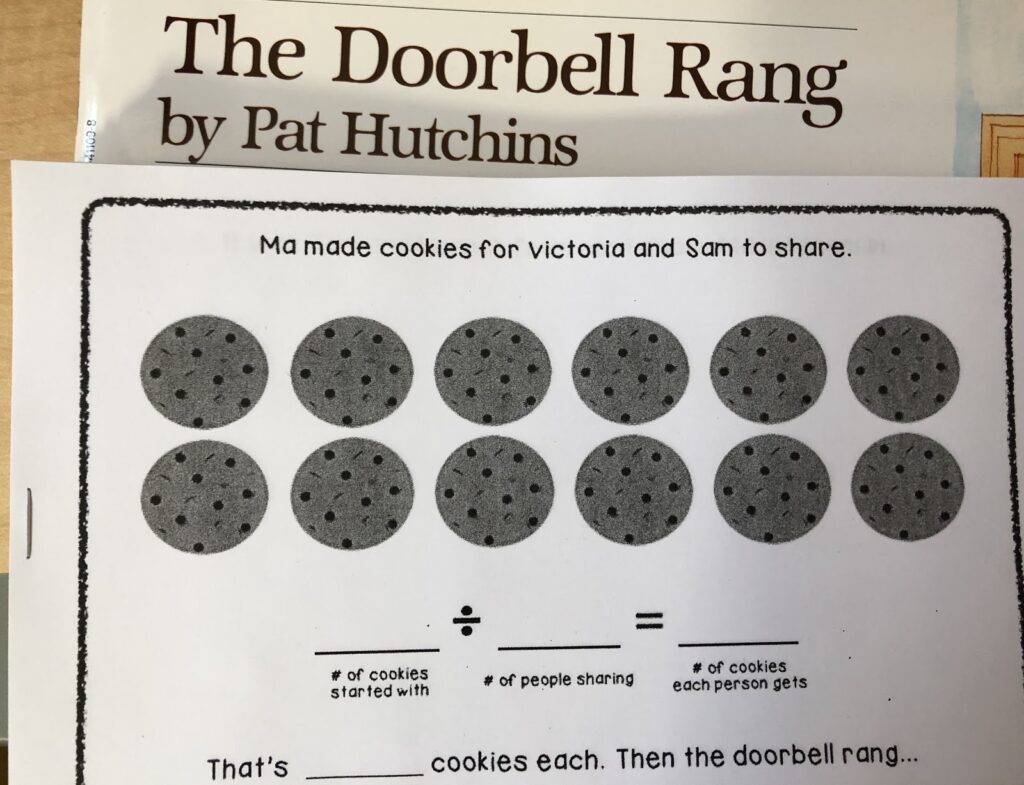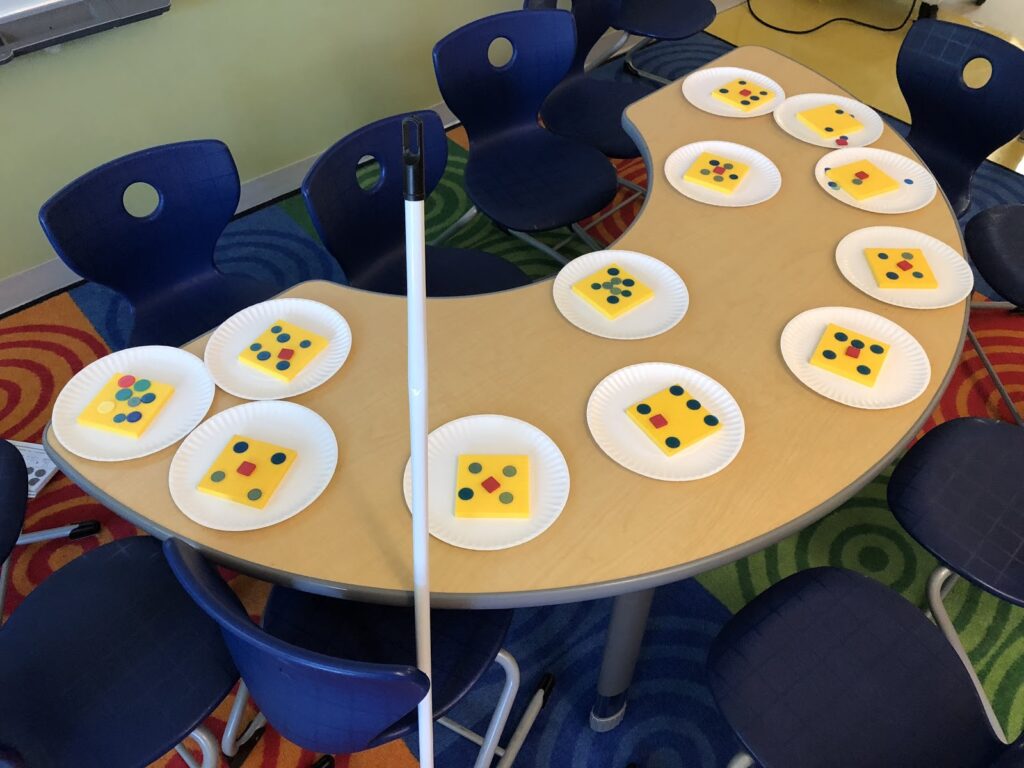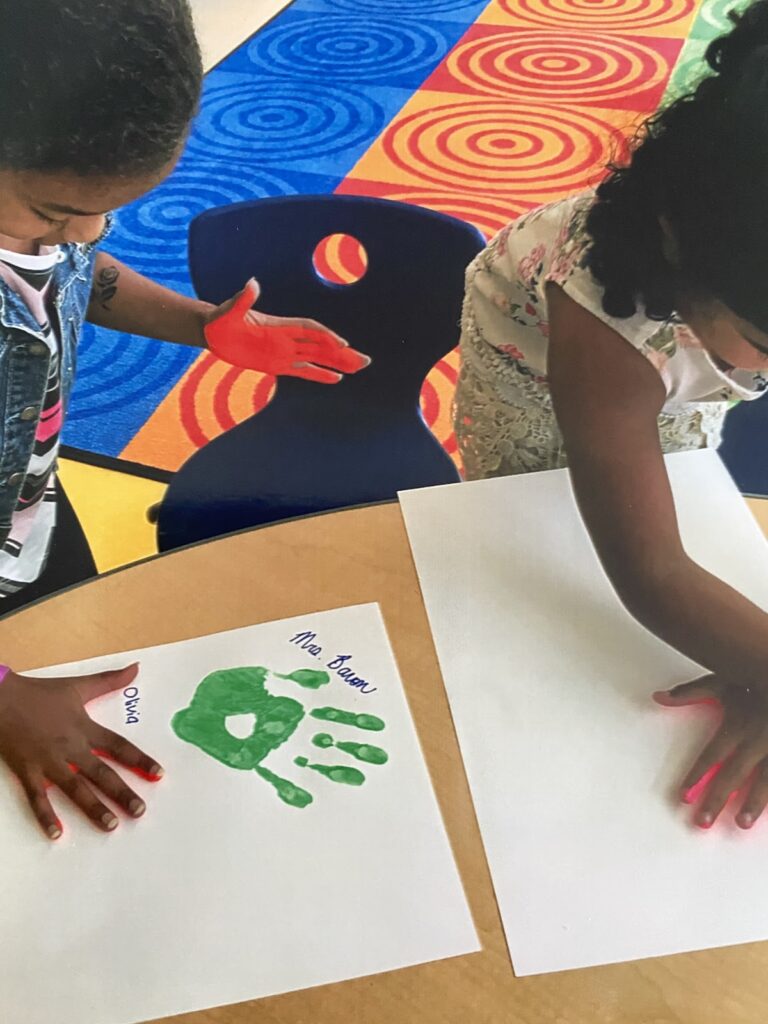“Culture is powerful precisely because it is so present and at the same time so very difficult to name or identify. Culturally Sustaining Pedagogy views schools as places where the cultural ways of being in communities are sustained, rather than eradicated.” – Stride 1, A Pathway to Equitable Math Instruction
How To See more than one Ray of Mathematical Sunshine
What are some alternatives to the familiar “show your work” prompt that we often see used in mathematics classrooms? As an educator, I knew in my heart it was imperative for me to create a space for my students to show their brilliance and to create a culturally sustaining math space. I wondered how I would be able to provide my students with this space and offer different ways they could show their ideas. I was specifically interested in learning ways I could uncover my students’ mathematical thinking and cultivate mathematical identities so everyone could see themselves as a mathematician. I began my journey working alongside my math coach and colleagues, as well as my amazing students, to discover how I could see my students’ ideas in ways other than writing.
Only assessing student understanding in written form is like only being able to see one ray of the entire sunset. I learned that seeing other students shine created a domino effect of inspiration for students to shine their own light—one ray, then another, and another creating multiple rays until the sky bursts with radiance and true brilliance. It is a magical experience for the classroom to fill with joy and a brilliant luminosity as students use higher level thinking to illuminate their understanding. Some ways I discovered students can show their brilliance other than in writing are through talking, acting it out, and creating visuals.
Using Turn and Talk
“Students must talk, with one another as well as in response to the teacher ….When students make public conjectures and reason with others about mathematics, ideas and knowledge are developed collaboratively, revealing mathematics as constructed by beings within an intellectual community” (NCTM, 1991, p.34)
Turn and Talk is an instructional strategy that provides two students with a safe space to outwardly communicate their thoughts. It allows students to collaborate, ask questions, link ideas, and build conceptual understanding. I initiate the Turn and Talk by asking students a meaningful question, providing a topic, or asking what they notice and wonder. Allowing time for students to process the question, individually think about it, and develop their own ideas is helpful as I plan the ways to support them in showcasing their brilliance. I circulate the classroom listening to connections and ideas. I learn from the student dialogue what they are thinking, can clear up misconceptions, create more effective cognitive questions, and I can shine a light on bright ideas and strategies.
This intentional use of Turn and Talk often leads to students showcasing their ideas for the class to see on an overhead projector. I knew that I had to step out of the light so my students could stand in their own light. From here, I often see students take ownership of their learning, volunteer to show a new way of thinking, and share their strategy or idea with the class. Confidence seems to bloom as brilliance shines through student-led discussions that deepen understanding.
Acting It Out
Performance provides my students with an opportunity to be creative and act out what they know. My third-grade mathematicians were interested in reading The Doorbell Rang by Pat Hutchins. This book shows the correlation between multiplication and division, and students showed the number of cookies the characters started with divided by the number of people sharing. The student engagement was undeniable.
I provided a stage for students to reenact the story. Everyone played an important role and was able to contribute to creating this production. As the students collaborated to recreate the scenes from the book and visually show the division of the cookies on paper plates or equal groups, I became a videographer and watched them apply what they had learned in this unit. This was a meaningful experience that showcased their learning in a new way and cultivated collective joy in mathematics, as well as showcased their understanding of important components in division. Performance could also be a simple Act It Out in math class. For example, students could show division as sharing using themselves or school supplies.

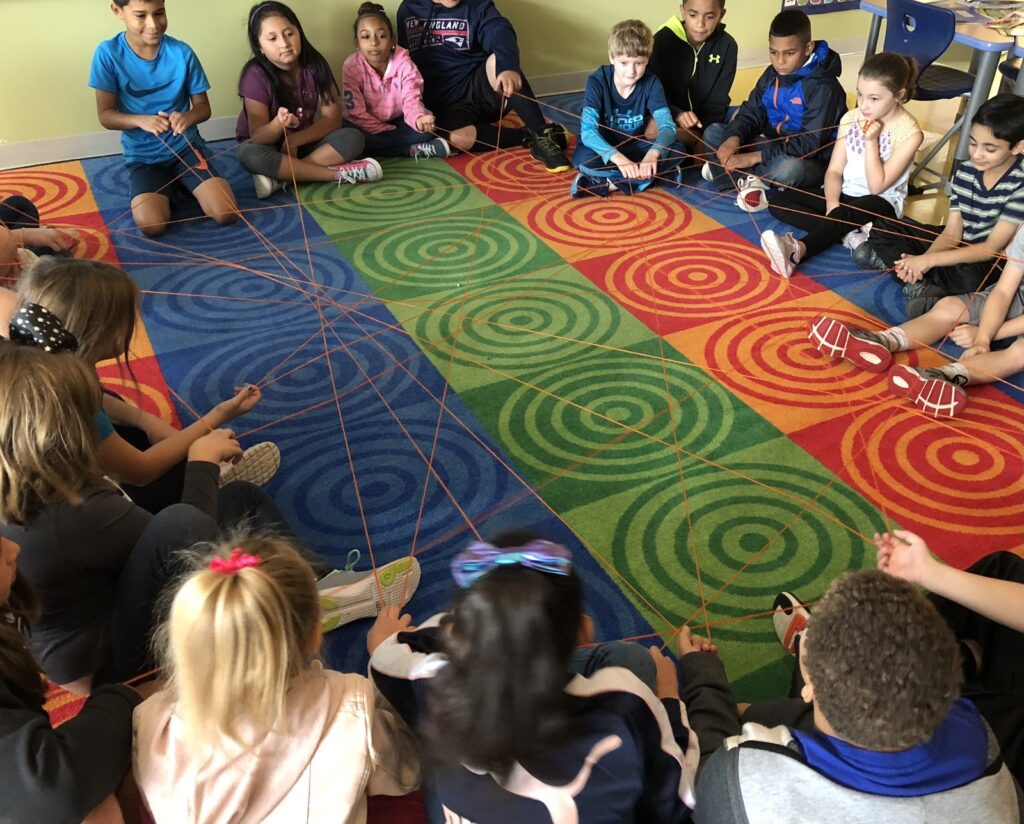
Creating Visuals
Visual representations are a great way for students to express what they have learned through their own creations without using words. During literacy instruction, my students illustrated interpretations of poems by William Carlos Williams, Langston Hughes, and even poems published by student authors. Through their illustrations, they showed an understanding of symbolism, personification, similes, metaphors, voice, and tone, as well as meaning behind the author’s craft and use of literary devices.
I marvel at the variety of interpretations each year for the poem, “The Red WheelBarrow.” This poem is a simple sentence broken up into several lines. Comparing two contrasting illustrations provides students with space to discuss what they notice and wonder. The interpretations of the author’s purpose and the discussion around the literary devices are powerful (Freedom, Feeling Worthy, Protection, Hope, A Window to the World, Impact of Kindness, Time Passing, Appreciation…). Students show how we can all hear the exact same thing and perceive it quite differently based on our own perceptions and life experiences and understandings.
In mathematics, students create geometry playing cards as a way to show what they know. On the front of an index card, students carefully illustrate different polygons; on the back, students write the attributes of each shape. My students personalize their playing cards by connecting the geometric shapes to a theme of their choice such as different architectural buildings, flowers, or favorite characters.
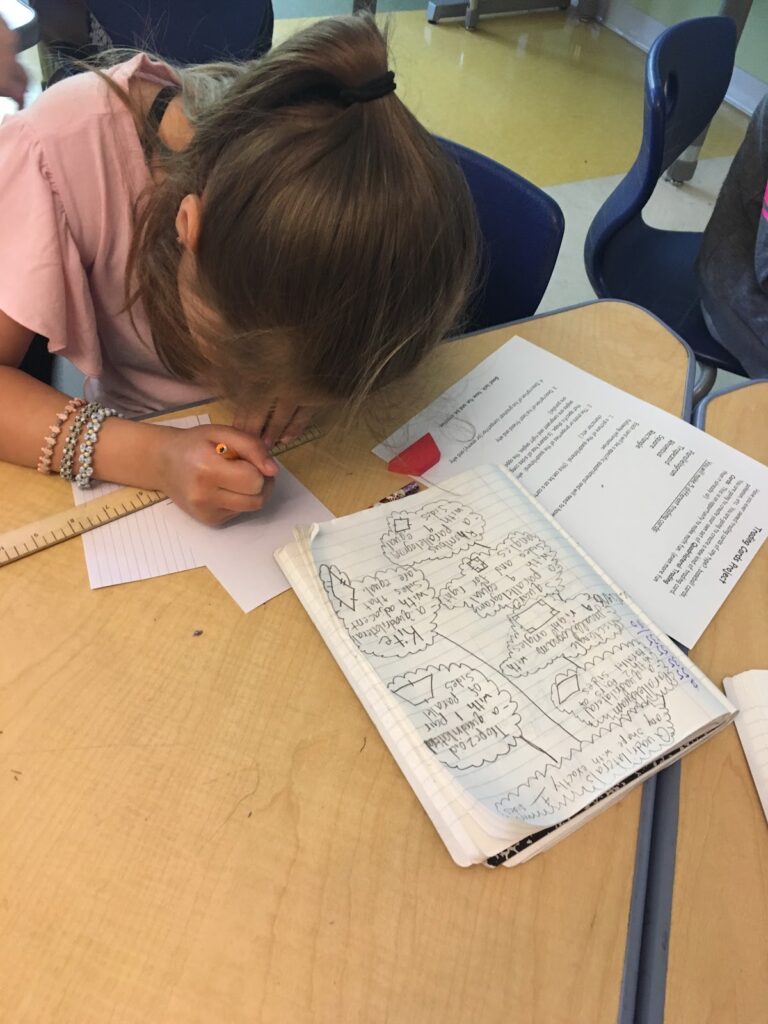
Creating Geometry trading cards. 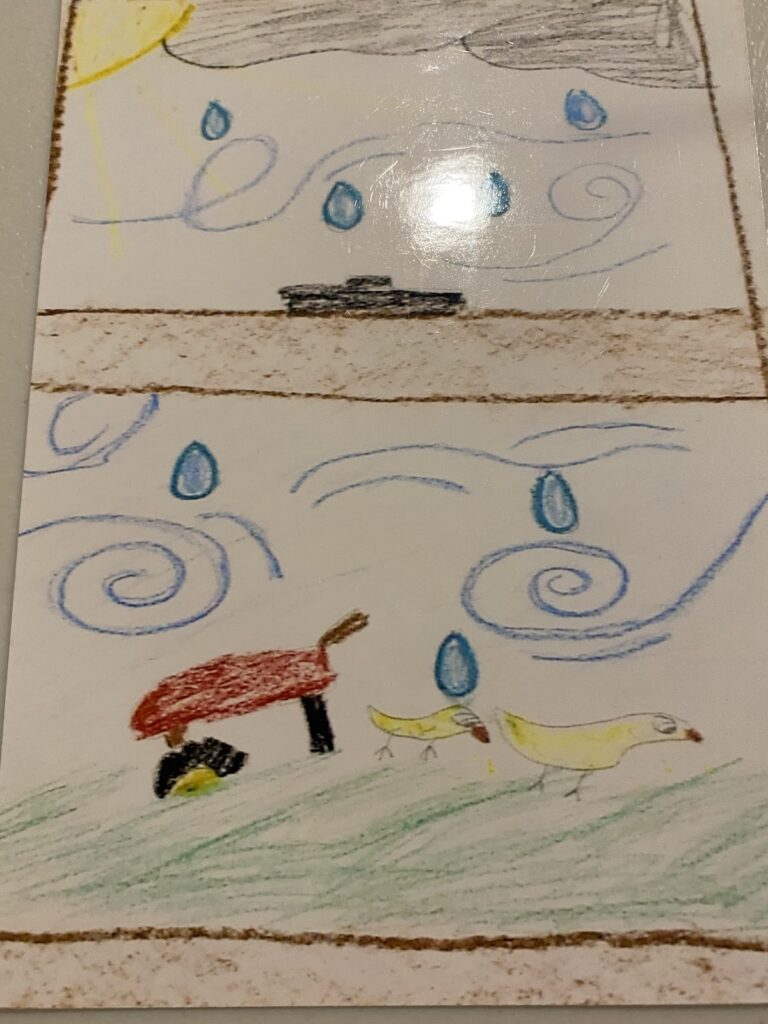
“I pictured a place where I feel happy and safe. I saw the image of a red wheelbarrow on a farm in Maine through a window.” 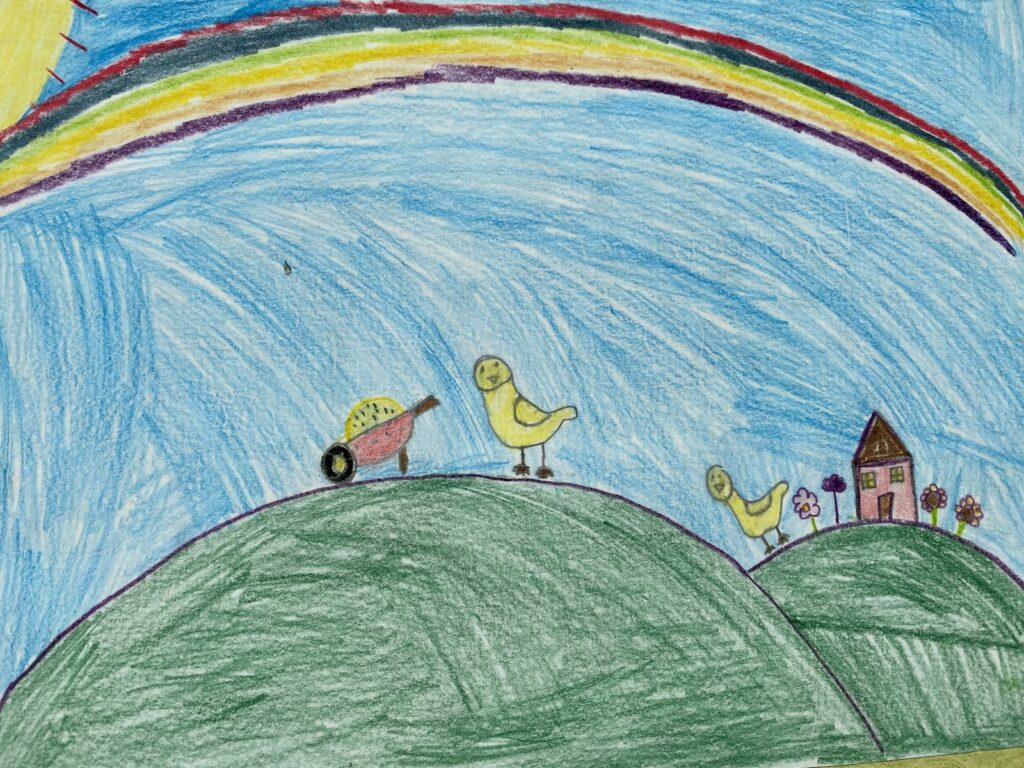
“I think this poem expresses appreciation. When something bad happens it can lead to change, and that could lead to a rainbow.” 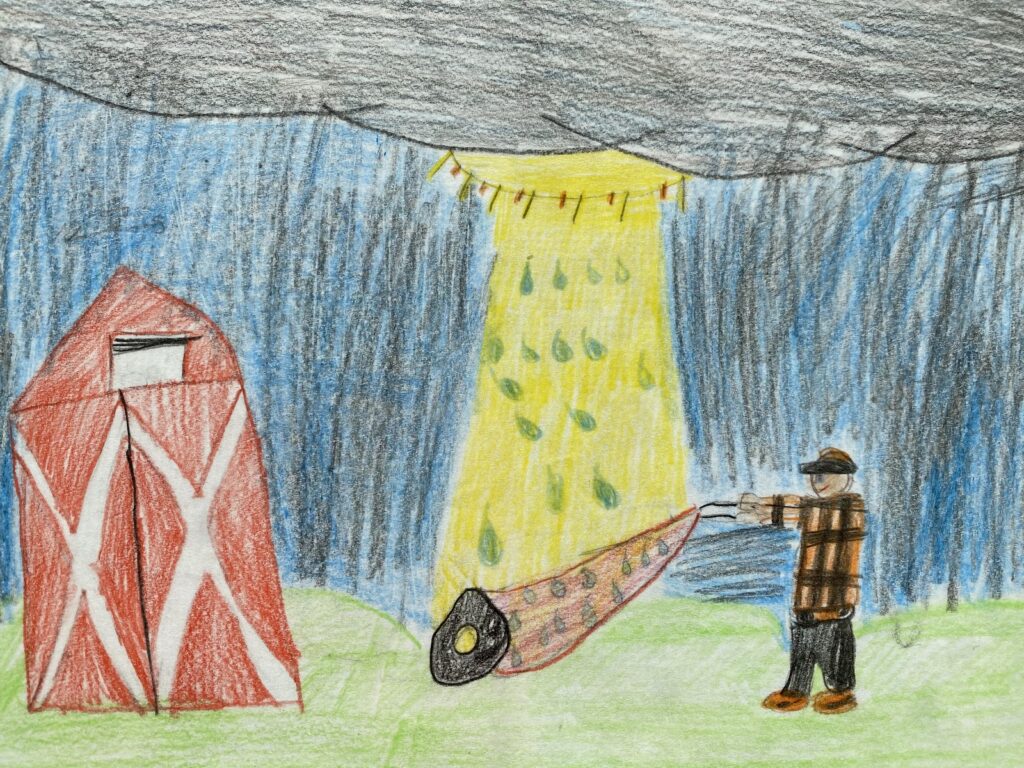
“I think the poem expresses true light comes from within and it can make all the difference.” 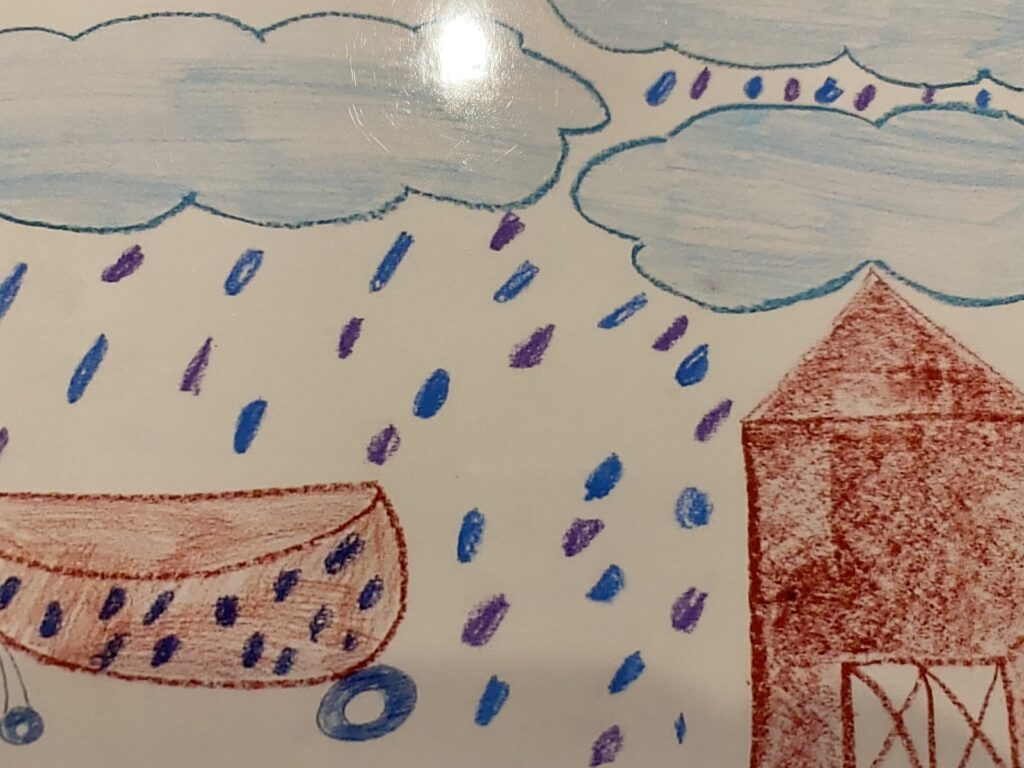
“My perception of this poem is that the author wanted to convey the importance of individuality. I think William Carlos Williams used symbolism and the wheelbarrow represents the author. In my picture, there is white space surrounding the raindrops because it is important to be your true self. This creates the space to show inner beauty.” 
A showcase of 21 different interpretations of the same one sentence poem.
“Frame mathematics learning within the context of students’ lives and link them to the standards.” – Stride 1, A Pathway to Equitable Math Instruction
Also in mathematics, students create Kente patterns that give them the opportunity to connect culture and mathematics, show their understanding of patterns, geometric shapes, and partitioning. We learn about the symbolism behind Kente cloth worn in African cultures, specifically the symbolic meanings of the colors. Students create their own Kente pattern by thinking about their own story. The Kente patterns help strengthen our classroom culture through mirrors and windows. A window shows us the world and important stories of our classmates. This is valuable at the start of the school year when we are learning about each other and creating our own classroom culture. Mirrors allow us to see ourselves in relation to the world and build connections within the classroom. These stories build understanding and help us grow as a class community. Students choose how to display the Kente patterns. Sometimes they choose to connect them as a chain to show how we are all connected.
Moving Beyond “Show Your Work”
It is paramount that we break from the notion that there is a single or best way for students to show their understanding and brilliance. We must elevate our teaching and assessment practices to create the space for students to showcase their brilliance in ways that draw on their many strengths and talents. Understanding our students and providing them with this opportunity helps create endless possibilities for students to shine. Most importantly, seeing others shine their light helps individual students discover their own light. Brilliance is ensuring students shine their own light while engaged in mathematical learning. As I continue this journey, each year I learn new ways to capture student understanding other than through written form—just like there are so many ways to see light. The most important act is to intentionally look for that brilliant light in each and every one of our students.
Works Cited
- National Council of Teachers of Mathematics. (1991). Professional standards for teaching mathematics. Reston, VA: The National Council of Teachers of Mathematics.
- Cintron, S. M., Wadlington, D., & ChenFeng, A. (2020). A Pathway to Equitable Math Instruction: Dismantling Racism in Mathematics Instruction. Oakland, CA: The Education Trust-West.




















